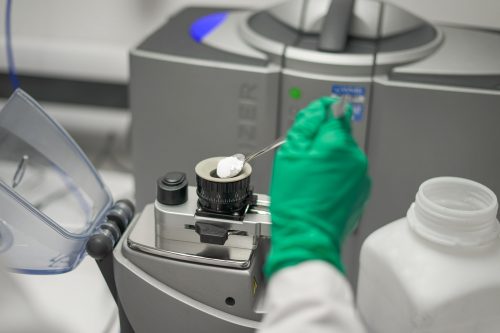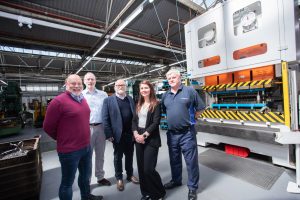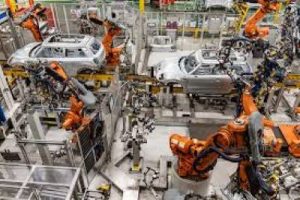University of Warwick secures £12m for electric car battery advancements

The University of Warwick has secured a £12m grant from the Faraday Battery Challenge to enhance its production of essential materials for electric car batteries.
This funding will support the creation of the advanced materials battery industrialisation centre (AMBIC) by the High Value Manufacturing Catapult at Warwick Manufacturing Group and CPI at Netpark in County Durham.
AMBIC aims to bridge the gap between academic research and battery production, focusing on efficiency, equipment and skill development.
This funding is part of a broader strategy by the Faraday Battery Challenge and the High Value Manufacturing Catapult to improve Britain’s battery production and infrastructure, strengthening the country’s domestic battery supply chain.
Thomas Bartlett, challenge deputy director for the Faraday Battery Challenge, said: “AMBIC will bring together two emerging regions of battery innovation and manufacturing; the North-East and Midlands, under one facility to de-risk and accelerate battery materials scale-up in the UK.
“Through the Faraday Battery Challenge’s £12m investment in the High Value Manufacturing Catapult we will establish a truly world-class facility to support the growth of a battery materials supply chain. With AMBIC and previous investments in cell, module and pack scale-up at UKBIC and R&D in the wider ecosystem, the UK will now be in a position to support businesses from “powder to pack” and from lab to commercial scales.”
Katherine Bennett, CEO of the High-Value Manufacturing Catapult, said: “The next generation of battery technologies are critical to the green energy transition and a major opportunity for UK manufacturing. Realising that potential will require combining our collective expertise and this investment from the Faraday Battery Challenge is a brilliant example of that in action.
“In CPI and WMG, the Advanced Materials Battery Industrialisation Centre has two centres that are at the very forefront of chemical processing and battery cell development; together they can turbo charge battery materials scale-up.”








